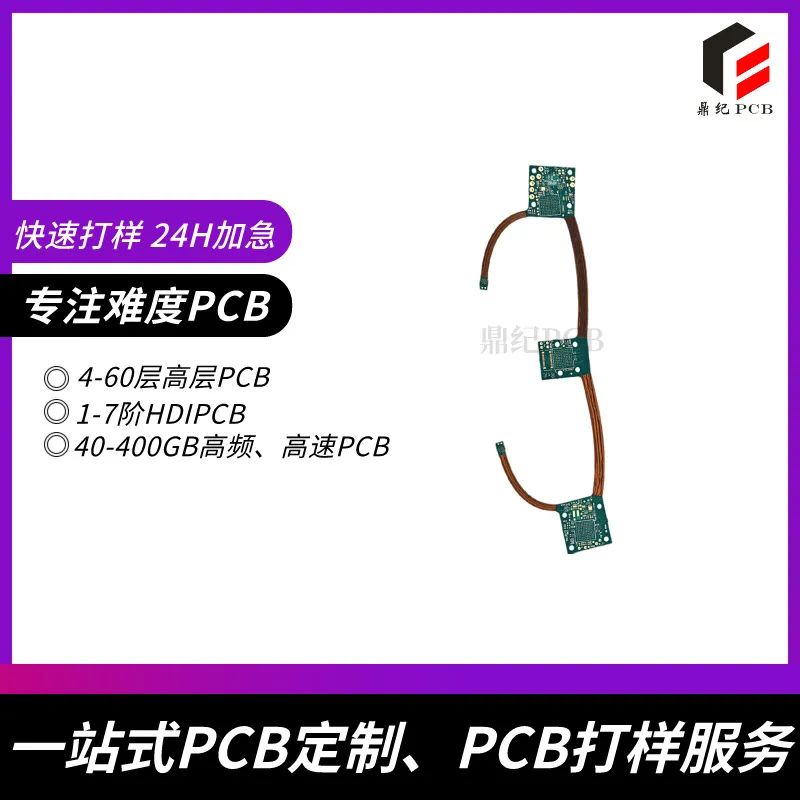In the production of PCBcircuit boards, the thickness of the gold plating and the thickness of the copper foil represent different process parameters. Below are the definitions and commonly used units for these parameters:
1. Copper Thickness (Copper Thickness)
The copper thickness refers to the thickness of the copper layer on the surface of the PCB substrate, which is typically used to indicate the copper thickness of the conductive layer of the circuit board. The copper thickness directly affects the current carrying capacity, signal transmission quality, and thermal conductivity.
Units:
oOunces per Square Foot (oz/ft²): This is the common unit for copper thickness in the PCB industry, representing the weight of copper foil per square foot. 1 ounce of copper is equivalent to a thickness of 34 micrometers (μm).
oMicrometers (μm): This is one-thousandth of a millimeter, directly indicating the thickness of the copper foil.
Common Copper Thickness:
o1 Ounce Copper (1 oz/ft²): Equivalent to 34 micrometers (μm) of copper layer thickness.
o2 Ounces Copper (2 oz/ft²): Equivalent to 68 micrometers (μm) of copper layer thickness.
o3 Ounces Copper (3 oz/ft²): Equivalent to 102 micrometers (μm) of copper layer thickness.
oFor some high-power applications, thicker copper layers may be used, such as 6 oz/ft² or 8 oz/ft².

2. Gold Plating Thickness (Gold Plating Thickness)
Gold plating thickness refers to the thickness of the layer of gold metal applied to the surface of the PCB, typically used for surface treatment, especially for circuit boards that require long-term corrosion resistance or high contact frequency (such as connectors, BGA pads, etc.).
Units:
oMicroinches (μin): 1 microinch (μin) is equal to one-thousandth of an inch (0.000001 inches). It is usually used to describe very thin metallic plating thickness.
oMicrometers (μm): 1 micrometer (μm) is equal to one-thousandth of a millimeter, suitable for thicker plating layers.
Common Gold Thickness:
oGold Flash: Typically thickness ranges from 0.05~0.1 micrometers, commonly used in high-frequency contact situations, such as QFN, BGA soldering.
oGold Plating: Generally ranges from 0.1~5 micrometers, commonly used in high-reliability, long-term contact electronic applications.
oGold Thickness greater than 5 micrometers is generally used for special applications or frequently contacted connectors.
3. Summary
·Copper Thickness: Measured in Ounces/Square Foot (oz/ft²), 1 ounce of copper is equivalent to 34 micrometers (μm) thickness. Common thicknesses are 1 ounce, 2 ounces, 3 ounces, etc.
·Gold Plating Thickness: Measured in Microinches (μin) or Micrometers (μm). Gold flash is typically 0.05~0.1 micrometers, while gold plating is generally 0.1~5 micrometers.
These thickness parameters are very important in PCB design, especially in high-frequency, high-power, and high-reliability applications, as the correct copper and gold layer thicknesses ensure the performance, stability, and durability of the circuit board. If you have any specific questions or require more detailed information, feel free to consult!
